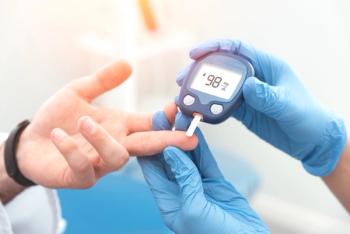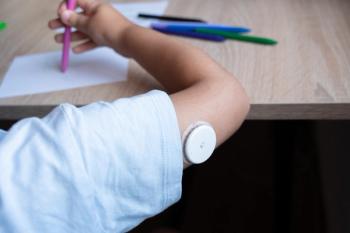
Looking at the disparities in diabetic vision screening
Diabetic eye examinations are an important way to improve outcomes for diabetic retinopathy, but are some children missing out?
For patients with diabetes, diabetic retinopathy is a potential major complication. It is also one that can be mitigated with routine screening. However, screening rates are often less than optimal. An
Investigators included children at the Johns Hopkins Hospital pediatric diabetes center in Baltimore, Maryland, who had either type 1 or type 2 diabetes and met the criteria for diabetic retinopathy screening. They were also enrolled in prospective observational trial implementing point-of-care diabetic retinopathy screening and were questioned about previous diabetic retinopathy screening.
There were 149 participants in the study of which 51 had not a prior diabetic eye examination. The children who did not have a history of prior examinations were more likely to be non-White,(38 [75%] vs 31 [32%]; P < .001), have type 2 diabetes (38 [75%] vs 10 [10%]; P < .001), use Medicaid or public insurance (43 [84%] vs 31 [32%]; P < .001), have a lower household income (annual income ≤$25 000, 21 [41%] vs 9 [9%]; P < .001), and have parents with education levels of high school or less (29 [67%] vs 22 [35%]; P < .001). When asked about the barriers to receiving a diabetic eye examination, common responses included not remembering a recommendation to get a diabetic eye examination (19 [56%]), struggling to find the time for another appointment (10 [29%]), and transportation issues (7 [20%]). Minority children were more likely to have no previous diabetic eye examination (non-White, 34 [46%] vs White, 64 [85%]; P < .001) and more likely to have diabetic retinopathy (11 [15%] v 2 [3%]; P = .008). They were less likely to receive diabetic eye examination even following adjustment for insurance, household income, and parental education level (odds ratio, 0.29 [95% CI, 0.10-0.79]; P = .02).
The investigators concluded that non-White children were more likely to have diabetic retinopathy and were less likely to have a history of diabetic eye examinations, when compared to their White peers. They believe that tackling the barriers to screening could improve access to it as well as facilitate early detection of the major complication.
Reference
1. Thomas C, Channa R, Prichett L, Liu T, Abramoff M, Wolf R. Racial/ethnic disparities and barriers to diabetic retinopathy screening in youths. JAMA Ophthalmol. May 27, 2021. Epub ahead of print. doi:10.1001/jamaophthalmol.2021.1551
Newsletter
Access practical, evidence-based guidance to support better care for our youngest patients. Join our email list for the latest clinical updates.









